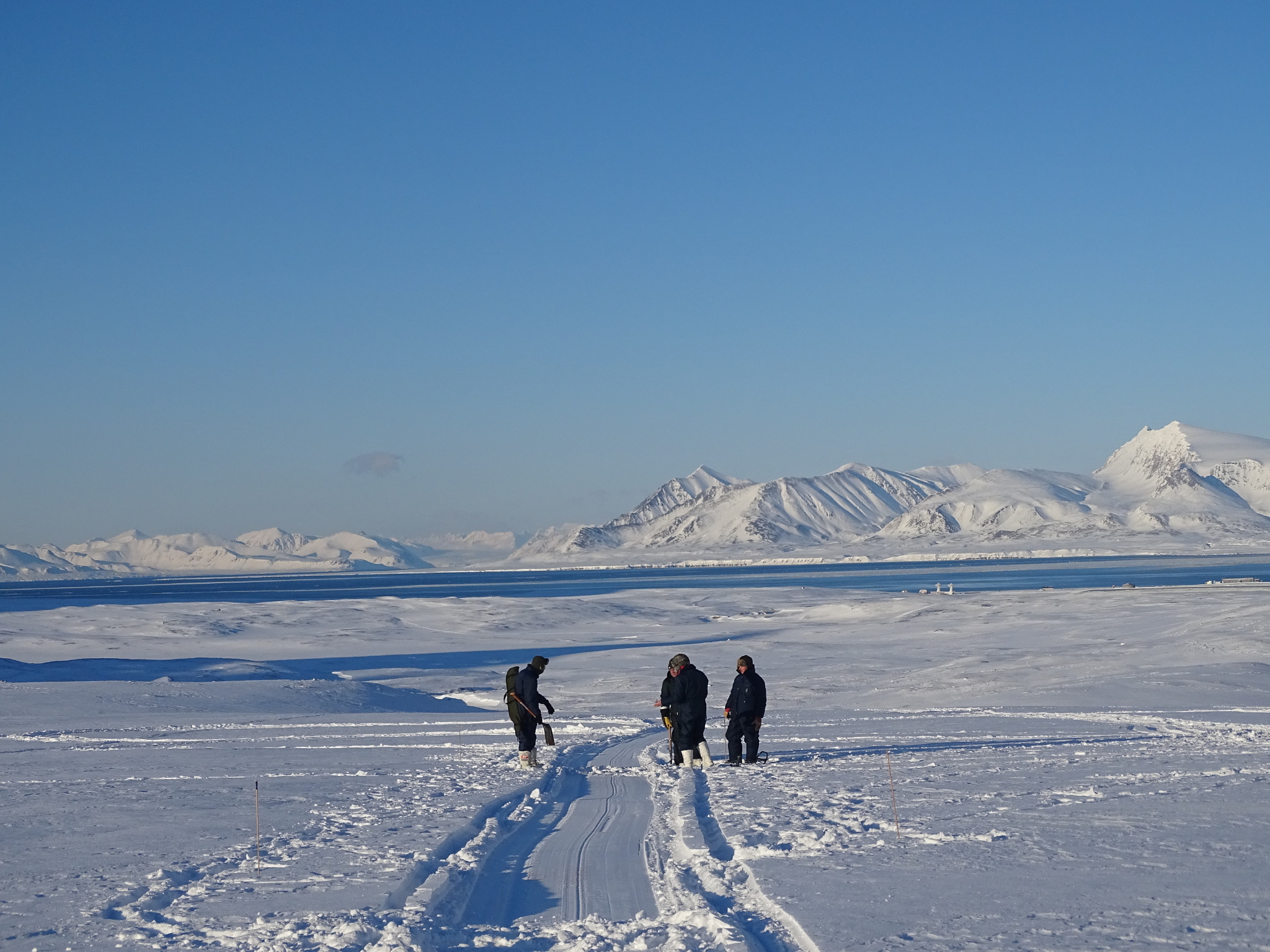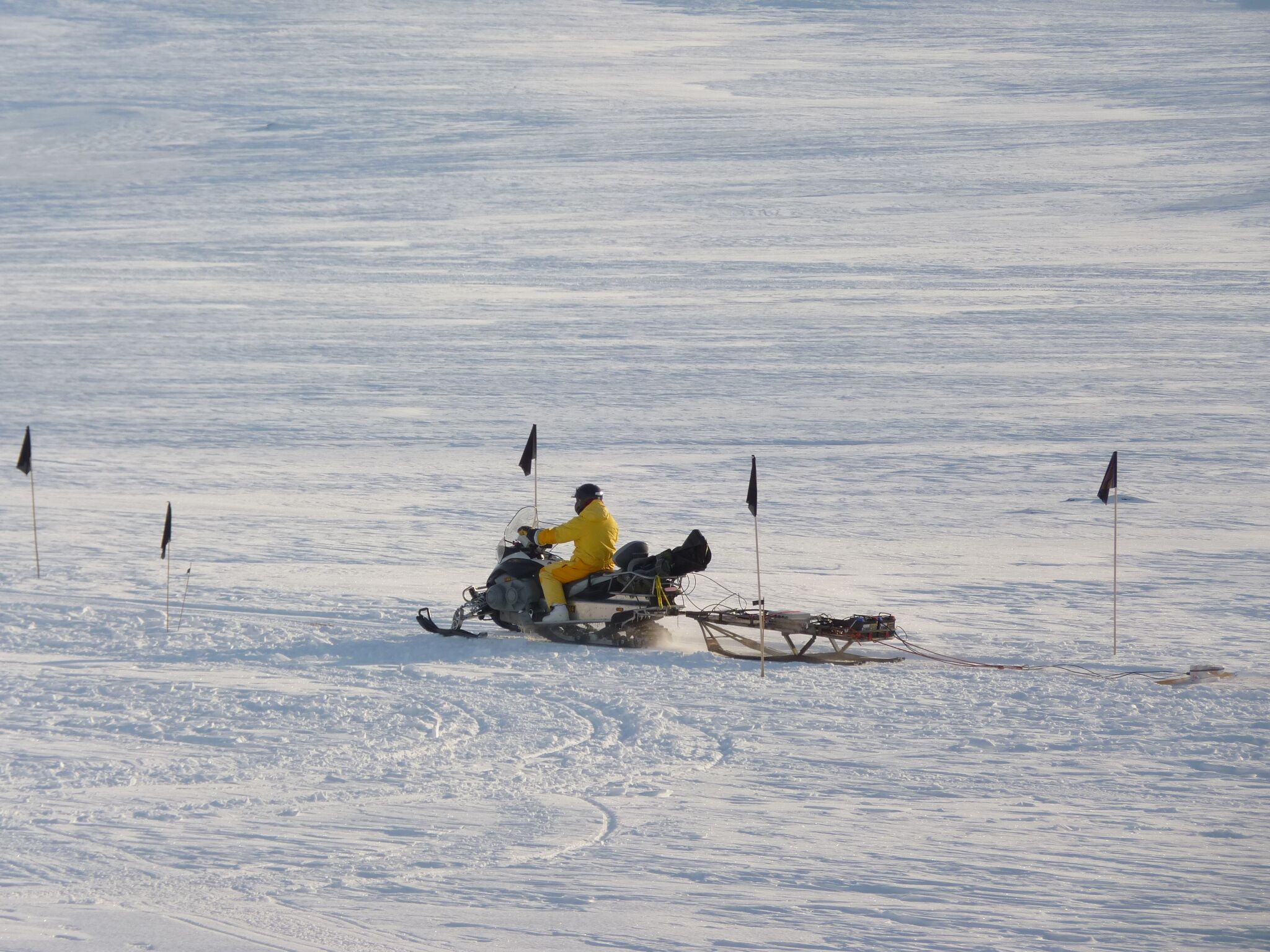Global S&T Development Trend Analysis Platform of Resources and Environment
| Successful testing mission at UK Arctic Research Station | |
| admin | |
| 2018-03-28 | |
| 发布年 | 2018 |
| 语种 | 英语 |
| 国家 | 英国 |
| 领域 | 资源环境 |
| 正文(英文) | This week scientists from University of Manchester have successfully tested their ‘metal-detecting’ technology at the UK NERC Arctic research station at Ny-Ålesund, Svalbard as part of a wider project to search for the lost meteorites of Antarctica. The small-scale test mission worked well and will be used for the first ever UK-led meteorite hunting expedition to Antarctica, where the team will seek out the ‘lost’ meteorites of the icy continent. This could provide clues to planetary creation. British Antarctic Survey (BAS) operates the UK station in the Arctic where the technology was tested this month. Meteorites provide invaluable information about the Solar System’s formation. In particular, iron meteorites, which are formed from the cores of planetesimals (small planets that were later destroyed by further planetary impacts), provide researchers with knowledge of how planets are created. The most fruitful regions on Earth for collecting meteorites are in Antarctica, where dark-coloured non-metallic meteorites show up clearly against the white background of the ice. However, iron-based meteorites are significantly under-represented from such collection missions, as compared with meteorite finds over the rest of the globe. A University of Manchester multidisciplinary research team, led by the applied mathematician Dr Geoffrey Evatt, believes the missing iron meteorites may lay as a sparsely distributed layer, just a few centimetres beneath the surface of the ice.  They hypothesise that the meteorites are missing as a result of the Sun’s rays penetrating the clear ice and warming the iron-rich rocks more than non-metallic ones. Such warming melts the ice surrounding these meteorites, causing them to sink, and become permanently trapped just below the surface. The technology used is based upon metal-detection engineering, in which The University of Manchester has particular research strength (such as in optimising airport security scanning, landmine removal, recycling, and non-destructive testing). The main expedition is likely to take place in early 2020 with a preliminary visit to Antarctica taking place in 2019. It will see the team search unexplored regions of inland Antarctica with logistical and operational support provided by BAS.  Dr Evatt says:
The team will work at three sites on the Antarctic continent, transported by one of BAS’s specialised aircraft, hundreds of kilometres from the nearest research stations. Once there, they will have to contend with freezing temperatures, gale force winds and mountainous terrain. Henry Burgess, Head of the NERC Arctic Office says:
|
| URL | 查看原文 |
| 来源平台 | British Antarctic Survey |
| 文献类型 | 新闻 |
| 条目标识符 | http://119.78.100.173/C666/handle/2XK7JSWQ/233797 |
| 专题 | 资源环境科学 |
| 推荐引用方式 GB/T 7714 | admin. Successful testing mission at UK Arctic Research Station. 2018. |
| 条目包含的文件 | 条目无相关文件。 | |||||
| 个性服务 |
| 推荐该条目 |
| 保存到收藏夹 |
| 查看访问统计 |
| 导出为Endnote文件 |
| 谷歌学术 |
| 谷歌学术中相似的文章 |
| [admin]的文章 |
| 百度学术 |
| 百度学术中相似的文章 |
| [admin]的文章 |
| 必应学术 |
| 必应学术中相似的文章 |
| [admin]的文章 |
| 相关权益政策 |
| 暂无数据 |
| 收藏/分享 |
除非特别说明,本系统中所有内容都受版权保护,并保留所有权利。
修改评论